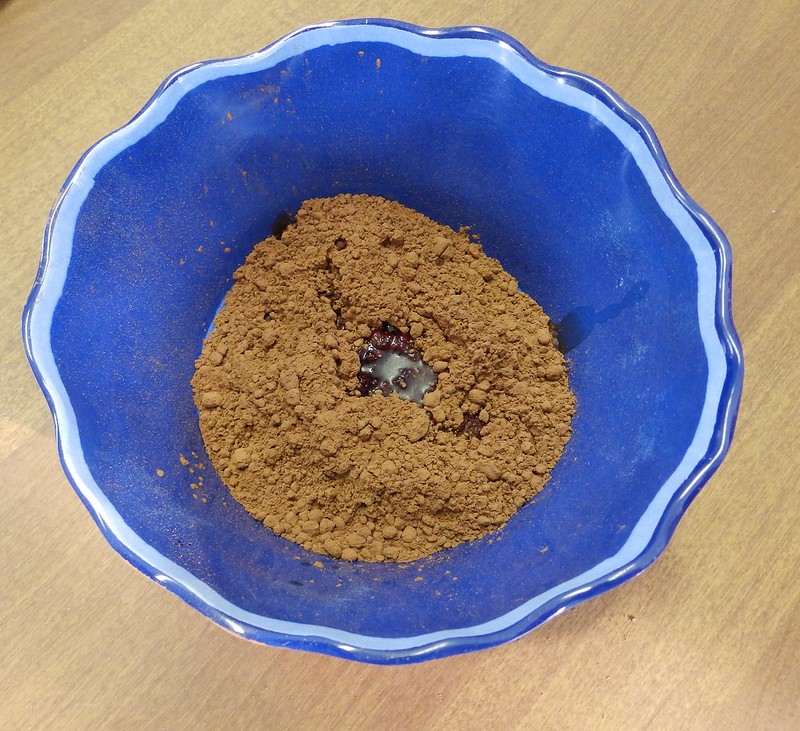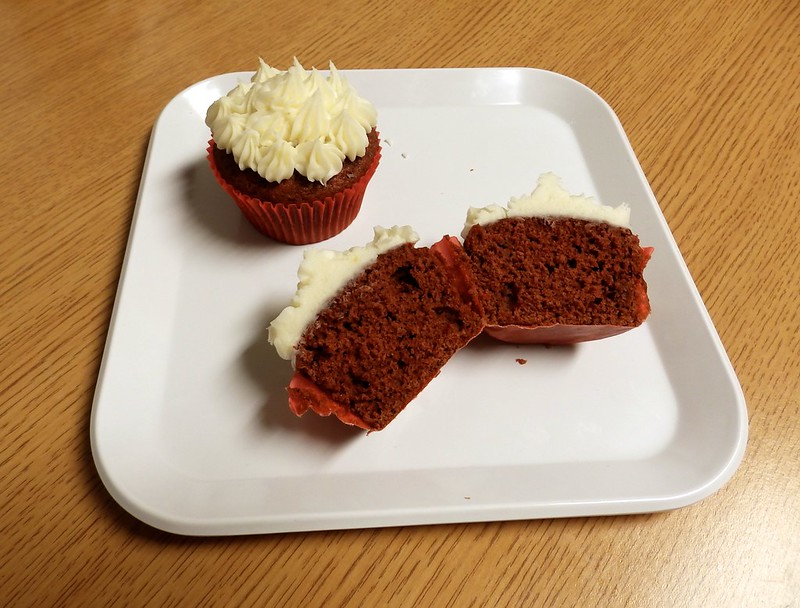Most recipes for red velvet cake call for something like, “2-3 tablespoons of red food coloring.” That’s about four little squeeze bottles of red food dye. But unless you particularly enjoy the taste of food coloring or plan to use the cake as a substitute for Rudolph’s nose, you can stop going through bottles and bottles of red and let science do all the work.
First, some background:
Red velvet cake is rumored to have originated during the Great Depression, when the company Adams Extract attempted to increase its falling sales by popularizing a recipe that required its food dyes. Other sources claim the recipe was invented by the Waldorf Astoria in NYC. Whatever the source, all red velvet recipes had the same thing in common: cocoa powder, buttermilk (a slightly sour dairy product) and vinegar. But what did all of these ingredients have to do with the characteristic red tint?
The answer is anthocyanin.
Anthocyanin is a reddish-purple antioxidant that is found in food you eat every day. It makes pomegranates red, cabbage magenta and even wine burgundy. Anthocyanin is special because it is pH sensitive–that is, it reacts to acids and bases. In a neutral environment, it’s purple, but in the presence of a base, it turns more blue-green, and in the presence of an acid, it turns more red-purple.
Now here’s the missing link: natural cocoa powder (as in Hershey’s, not dutch-processed) also contains anthocyanin. This should remind you of the, “Dark chocolate is full of antioxidants!” craze that gained popularity a few years ago.
So, if anthocyanin turns dark red when it reacts with an acid, and your red velvet cake recipe calls for anthocyanin-packed cocoa and acidic buttermilk and vinegar, what’s going to happen?
All together now: Your chocolate cake will turn dark brick red, regardless of whether or not you add food coloring.
That is not to say you should completely scrap the extra food coloring your recipe calls for. If you want your cake to have the classic red interior that you saw in the pictures on Pinterest, you’ll definitely need some additional dye. My argument is simply that a teaspoon or two will do, and there’s no sense in using up multiple bottles of coloring on a single batch of batter.
As a point of reference, note that this much coloring (just under 1 teaspoon)…
…made cupcakes that were about this red:




